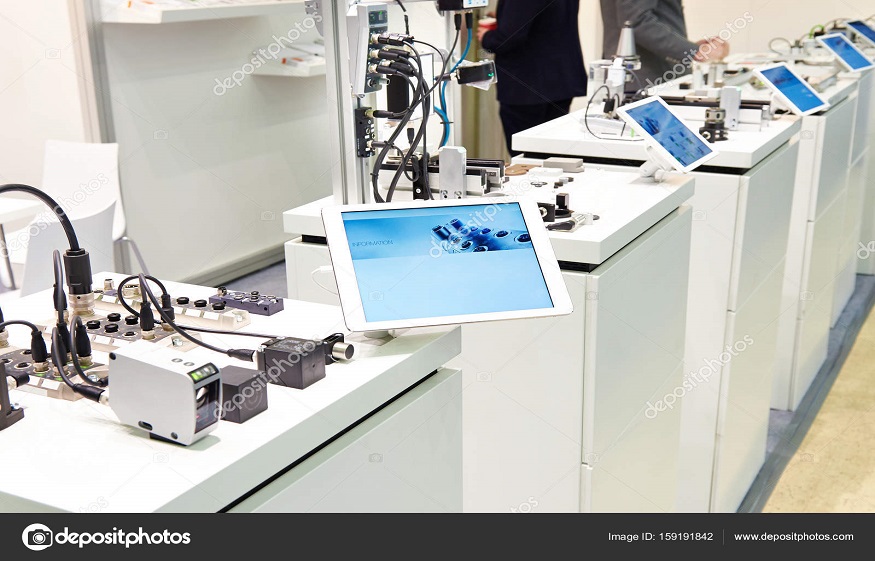Building Better Sensors with Old Hard Drive Tech

New technology tends to surprise us. It surprises us with capabilities that were previously unavailable. It turns out that peeling back the outer layers of new technologies sometimes reveals older technologies supporting them underneath. Such is the case with a project now being worked on at the University of Vienna.
A team of experts being led by Dieter Süss is investigating the implications of using comparatively old hard drive technology to create magnetic sensors with applications in automotive design, medical imaging, and more. The sensors they are developing boast plenty of new technology. Yet old technology that helped give life to computer hard drives is being repurposed, so to speak, to accomplish the task.
Measuring Magnetic Resistance
The Austrian researchers are investigating different ways to measure magnetic resistance in order to build better sensors. Magnetic resistance is a measurement of the ratio between magnetomotive force and magnetic flux. Its practical applications are plentiful. For example, magnetic resistance allowed for the discovery of ways to shield PA speakers from magnetic interference.
Magnetic resistance plays a role in how computer hard drives work as well. Hard drives are electromechanical devices that rely on magnetic storage to store and retrieve data. Designers exploit the principles of magnetic resistance to build relatively safe hard drives that will not easily shed data if exposed to a minor magnetic field.
In terms of what the Austrian researchers are doing, they are combining magnetic resistance principles with two types of measuring sensors known as giant magnetoresistance (GMR) and tunnel magnetoresistance (TMR) sensors. They hope to improve both types of sensors by exploiting magnetic resistance.
The ABS Example
Researchers cite the GMR sensors currently used in ABS braking systems as an example of the need for better sensor technology. Due to their interaction with the magnetic coding wheel found in modern ABS systems, GMR sensors are not nearly as accurate as they should be for controlling braking. In studying ABS systems, researchers discovered that there were no problems in the manufacturing process. Rather, magnetic resistance was inhibiting sensor accuracy.
They set out to develop a better GMR sensor that overcame the magnetic resistance issue to provide a more accurate result. What they are calling the Vortex sensor has delivered as promised in early tests. It has since been patented.
It is a Noise Issue
Understanding what this is all about may not be so easy for those of us who do not know anything about electromagnetic fields, magnetism, and the like. A simple way to understand it is to discuss the concept of noise in relation to signal processing.
Read more: Key Factors That Determine the Processing Of an EDI Invoice
If you have ever heard the difference between cheap PA speakers and high-end audio speakers, you understand the concept of noise. The cheap PA speakers offer a distorted sound while the most expensive audio speakers can deliver HD quality in full stereo. What’s the difference? The level of noise.
The cheap PA speakers do not offer a clear and crisp audio signal because of magnetic interference. That magnetic interference is considered noise. The only way to clean up the signal is to filter out the noise, which is exactly what high def audio speakers do.
California’s Rock West Solutions, a company that specializes in sensors and signal processing, says that noise is a problem with all sorts of data streams. It is not just limited audio signals. Noise can disrupt even digital signals. The Austrian researchers are essentially looking for ways to reduce noise in order to improve ABS braking systems, magnetic resonance imaging, and other systems. They are using old hard drive technology to do it.






